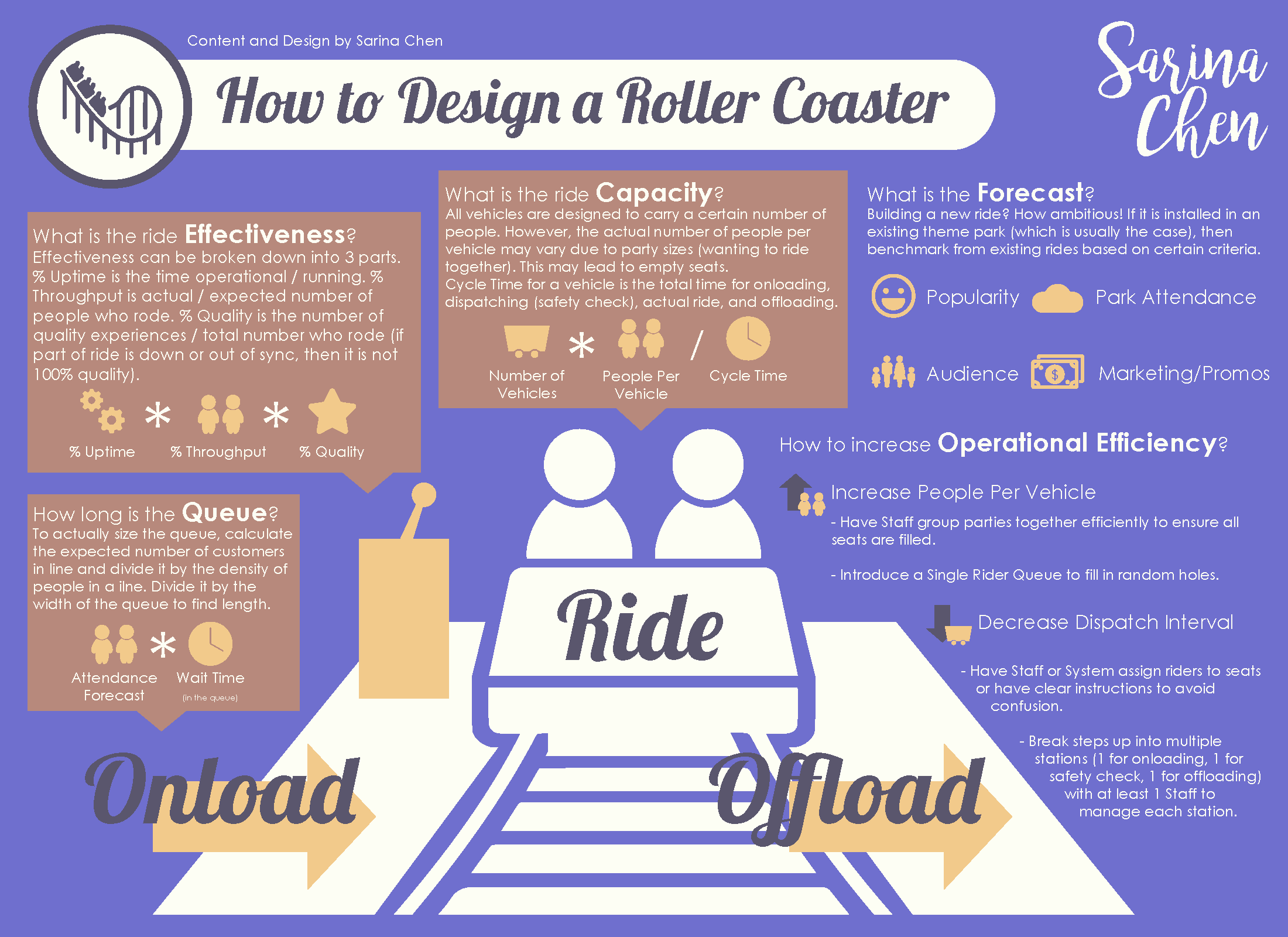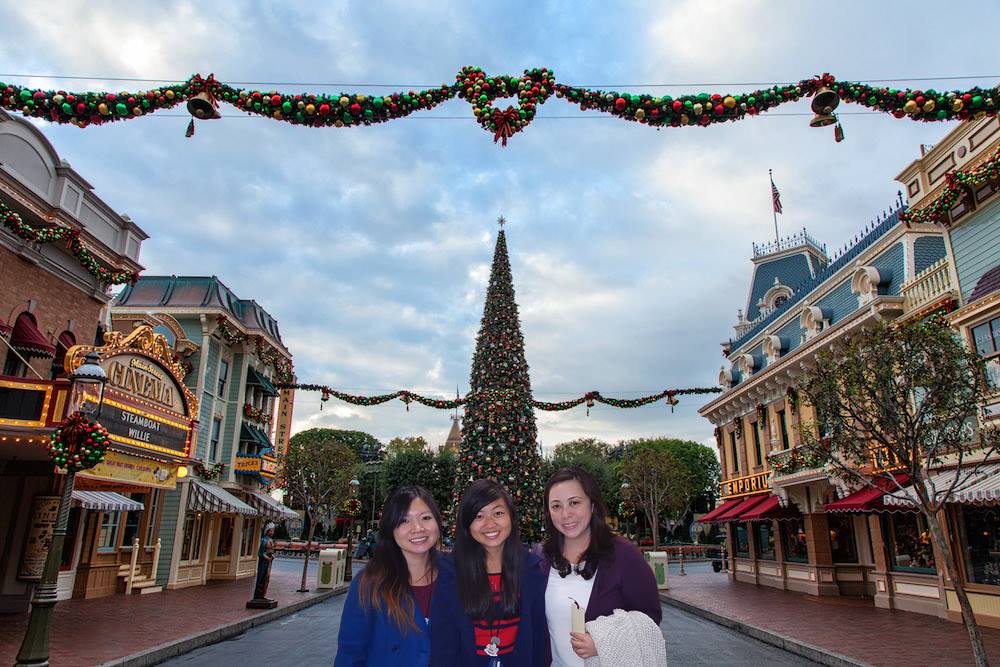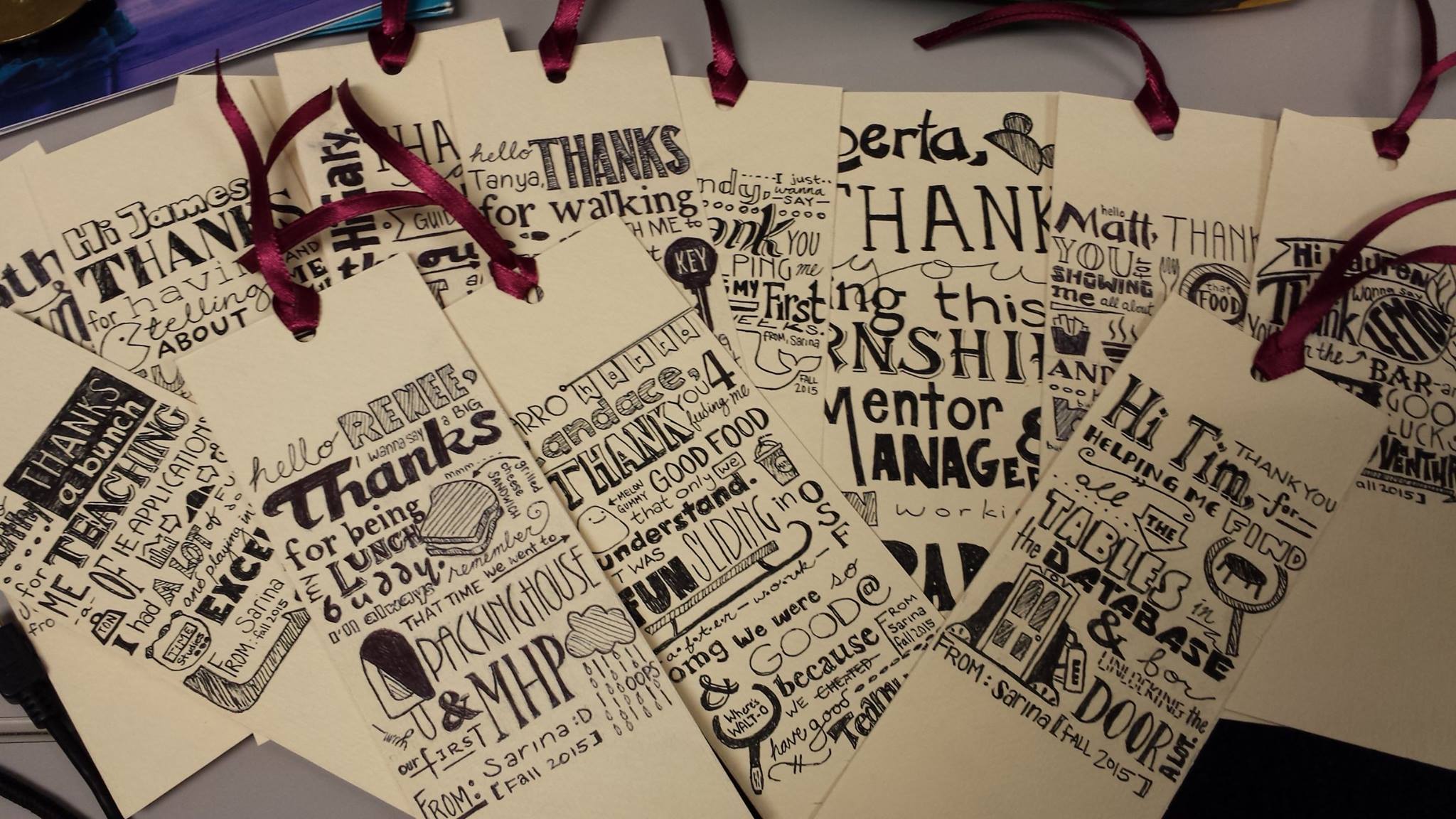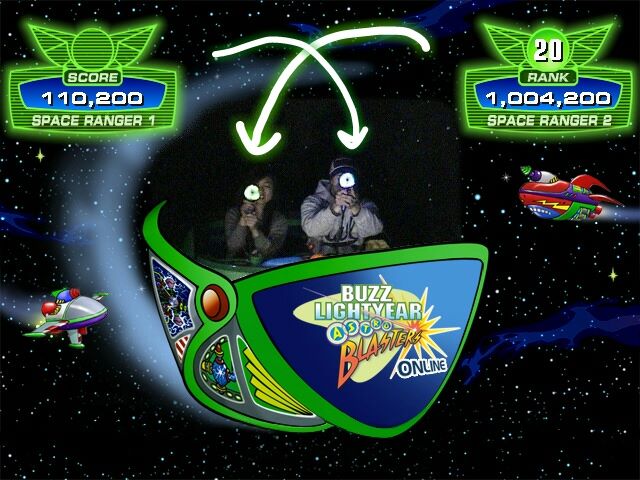My first internship at Disney encouraged me to use my graphic design ability
Every intern is required to create a report-out presentation that highlights a few of their projects. My Workforce Management department consisted heavily of cast members who were working in the parks and got promoted to work as a scheduler, analyst, and eventually manager. When doing projects based on a lot of mathematical formulas, it was really easy for many people to get lost.
Since I loved the opportunity to do a fall co-op close to home in Orange County, I really wanted to create something memorable for the department that made my Disney dreams come true! 🧀 I researched a ton of “presentation designs” on Google and came up with the idea of using Illustrator to draw graphics, making my presentation look more like an animated film than a report.
I can’t show my presentation because I created it for work, but the results of making over 20 people who’ve seen years of prior intern work become so engaged was a huge surprise to the department, and I scored a chance to show my work to the Florida team!
Following that experience, I tried incoporating graphic design in my school and internship projects. That led to creating infographics like these.
Store Design
When building a store, restaurant, or any building with foot traffic, planning out the real estate for each task is very important. Picture yourself standing in line at Walgreens, Fry’s Electronics, or Target. There’s almost always a designated queue so that the line doesn’t spill into the shopping area and inconvenince your pathway (with exception to holiday shopping).
It’s likely that their store development team created a forecast for the store and allocated enough sq. ft. to build this queue while saving most of the real-estate for customers to shop. The same design process applies to theme parks EXCEPT THAT theme parks have a significantly higher volume of customers, which makes it even more challenging and rewarding to design accurately.
I drew a graphic that shows some high-level factors to consider for store design broken down by storage space, shopping space, queue and checkout space. This was inspired by my experience collecting data during the D23 Expo in 2017. The. Store. Lines. Were. Crazy.

Bus Design
Disney World is like its own city (apparently, I haven’t been so can’t confirm). Both city planning and theme park planning (Disney and Universal Studios theme parks) have a planned transportation network, which I’m simplifying to only buses (you can expand this to monorails, metros, etc.).
This visual combines more concepts like Linear Programming Optimization for location planning and Little’s Law for queueing. The city should know its expected population plus the percentage who would opt for public transportation. Based on the forecast, the foot traffic is distributed throughout the day and city, which translates into the number of buses required at every time and place.
Also, shoutout to Studio Ghibli’s My Neighbor Totoro for the bus stop inspiration!

Roller Coaster Design
This visual is the most theme-park-specific but still uses a lot of similar concepts (e.g. supply versus demand, processing rate). Think about this the next time you wait an hour for a ride (or not, don’t ruin your vacation).
Fun Fact: Roller Coasters can change the number of active vehicles running on their track at all times! There’s often a discreet track, sometimes behind a hidden door, that merges near the dispatch station. The number of vehicles is usually at its cap for most of the day, but it could be lower in the morning when there’s less people.
Other Fun Fact: Speaking of tracks, some rides have a movable piece of track, solely for allowing handicapped people or certain families to take time boarding without holding back the line. When their party is ready, their vehicle will swap with an empty vehicle by shifting their tracks. Check out Space Mountain at Disneyland!

Here’s proof that I worked in the parks
Taking a picture in front of the tree with my coworkers (I actually photoshopped the background because the line was too long).

I drew bookmarks for everyone on my last day.

For the record, I was actually ranked in Buzz Lightyear Astro Blasters, but there was a bug that switched our scores.

What do you think?
Let me know if you found this helpful and what topics you’d like to see next!